Travel Tech Insights & Resources
Expert insights, comprehensive guides, and best practices for building successful travel technology platforms
Featured Articles

The Future of Travel Technology in 2025: AI, Blockchain & Beyond
The travel industry is experiencing a technological revolution. Artificial Intelligence is now powering personalized recommendations, dynamic pricing algorithms, and predictive analytics that help travel businesses anticipate customer needs before they even express them. Machine learning models analyze millions of data points to optimize booking flows, reduce cart abandonment, and increase conversion rates by up to 40%. Blockchain technology is revolutionizing payment processing, loyalty programs, and identity verification, making transactions more secure and transparent. Smart contracts are automating refunds and cancellations, while NFT-based loyalty tokens are creating new engagement opportunities. This comprehensive guide explores how these technologies are reshaping the travel landscape and what businesses need to do to stay competitive.
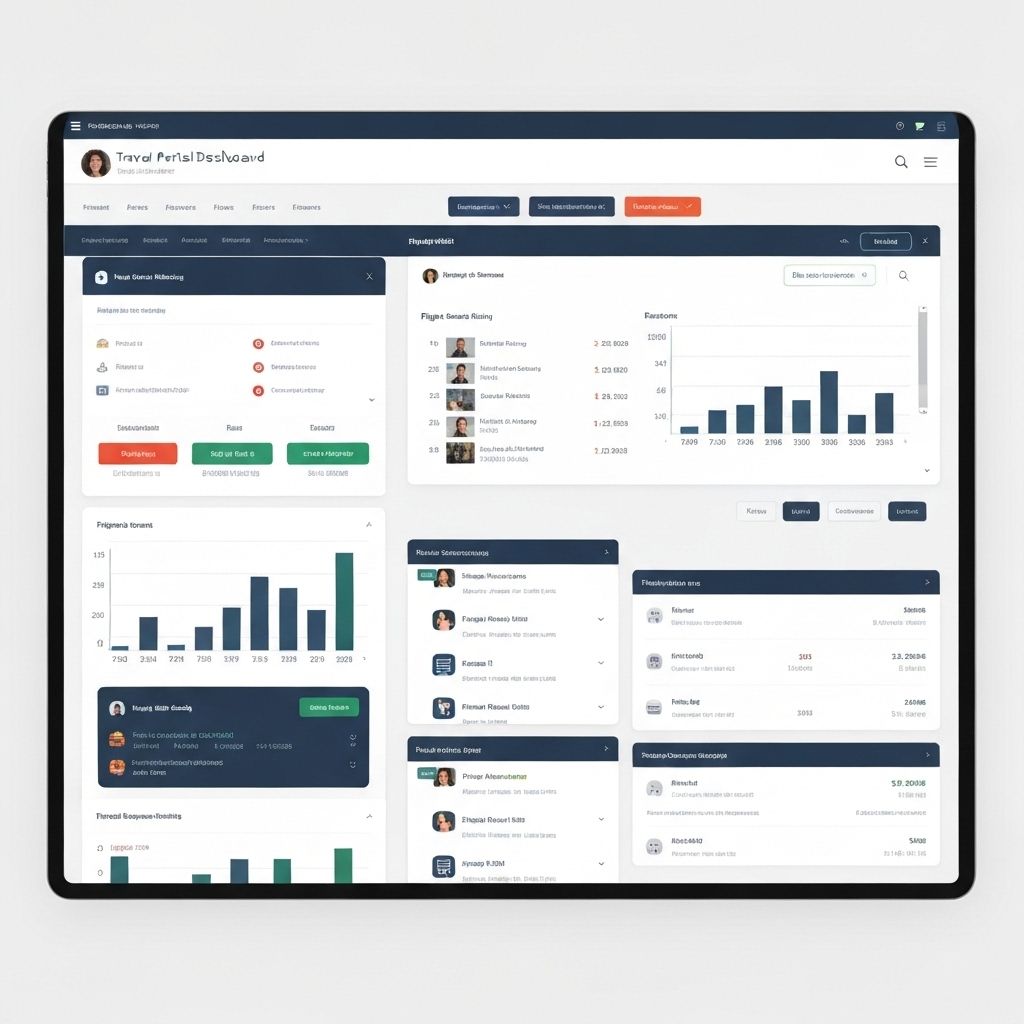
Building Scalable Travel Portals: Architecture, Performance & Best Practices
Creating a travel portal that can handle millions of concurrent users requires careful architectural planning and implementation. This in-depth guide covers microservices architecture, load balancing strategies, database sharding techniques, and caching mechanisms that power the world's largest travel platforms. Learn how to implement Redis for session management, ElasticSearch for lightning-fast search functionality, and CDN strategies for global content delivery. We'll explore horizontal scaling patterns, auto-scaling configurations, and disaster recovery planning. Discover how to optimize API response times, implement efficient pagination for large datasets, and use GraphQL to reduce over-fetching. Real-world case studies show how proper architecture can reduce infrastructure costs by 60% while improving performance by 300%.
Latest Articles
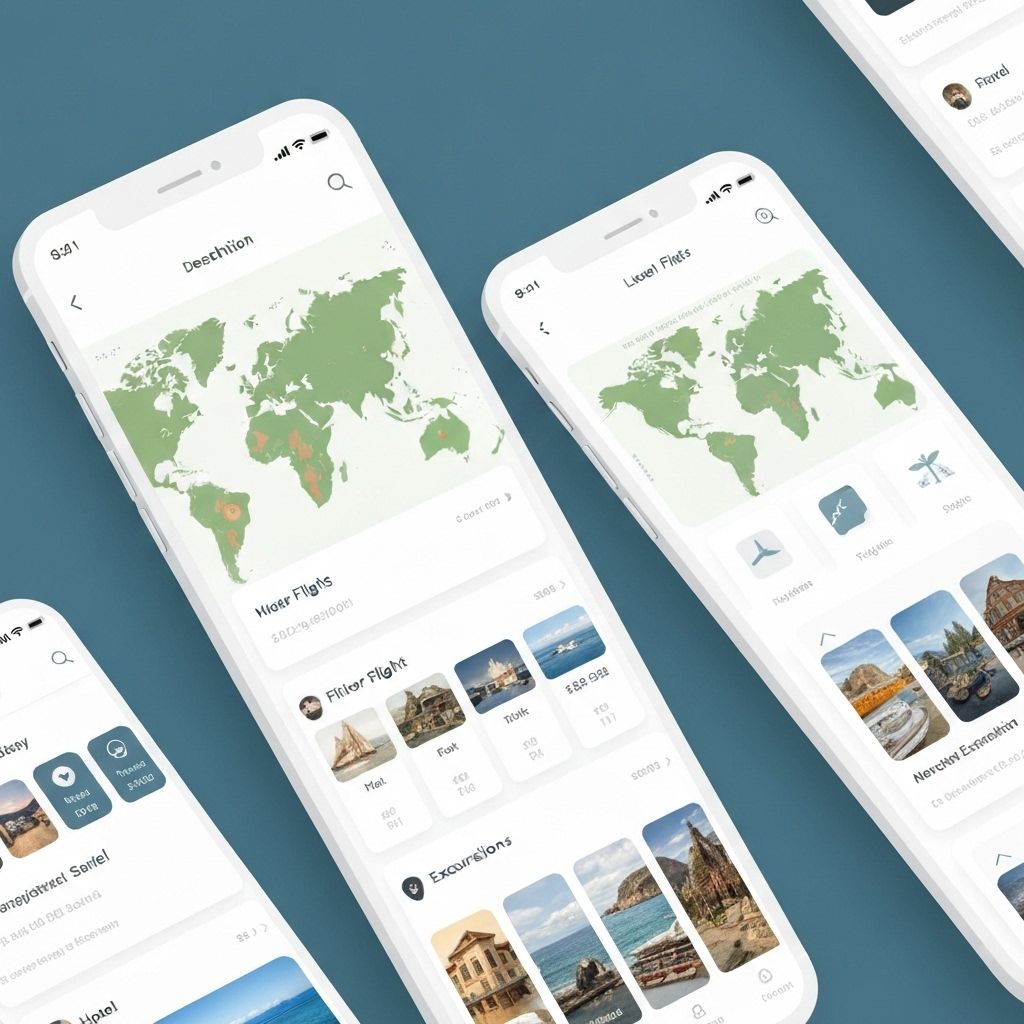
Mobile-First Design for Travel Apps: UX Strategies That Convert
With 78% of travel bookings now happening on mobile devices, mobile-first design is no longer optional—it's essential. This comprehensive guide explores touch-optimized interfaces, gesture-based navigation, and progressive web app (PWA) technologies that deliver native-like experiences. Learn how to implement offline functionality for travelers without internet access, optimize images for mobile networks, and create intuitive booking flows that work on small screens. We cover biometric authentication, mobile payment integration, push notification strategies, and location-based services. Discover how companies like Booking.com and Airbnb achieve 85%+ mobile conversion rates through strategic UX design, A/B testing methodologies, and continuous optimization.
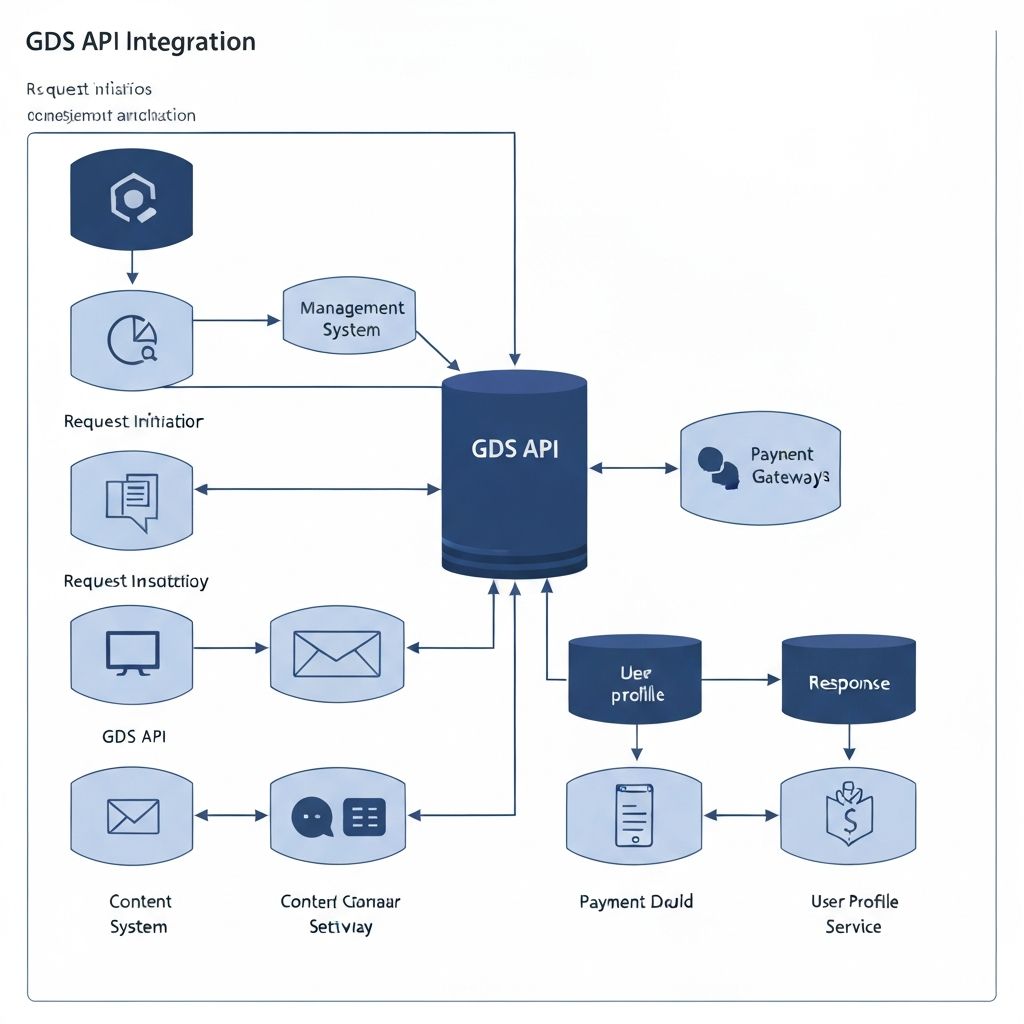
Complete Guide to GDS API Integration: Amadeus, Sabre, Galileo & Travelport
Global Distribution Systems (GDS) are the backbone of the travel industry, connecting travel agencies with airlines, hotels, and car rental companies worldwide. This exhaustive guide walks you through the entire integration process for major GDS providers. Learn about SOAP vs REST APIs, XML parsing, PNR creation and management, fare calculation logic, and seat map integration. We cover authentication mechanisms, rate limiting strategies, error handling best practices, and how to implement efficient caching to reduce API costs. Understand the differences between Amadeus Self-Service APIs, Sabre Dev Studio, Galileo Web Services, and Travelport Universal API. Includes code examples, testing strategies, and production deployment checklists.

Securing Payment Processing in Travel Platforms: PCI-DSS Compliance Guide
Payment security is paramount in travel platforms where transactions often exceed thousands of dollars. This detailed guide covers PCI-DSS compliance requirements, tokenization strategies, end-to-end encryption, and fraud detection mechanisms. Learn how to implement 3D Secure authentication, handle sensitive cardholder data, and maintain compliance with GDPR and other data protection regulations. We explore payment gateway integration with Stripe, PayPal, and Adyen, chargeback prevention strategies, and multi-currency processing. Discover how to implement real-time fraud scoring, velocity checks, and machine learning models that detect suspicious transactions while minimizing false positives. Includes security audit checklists and incident response planning.
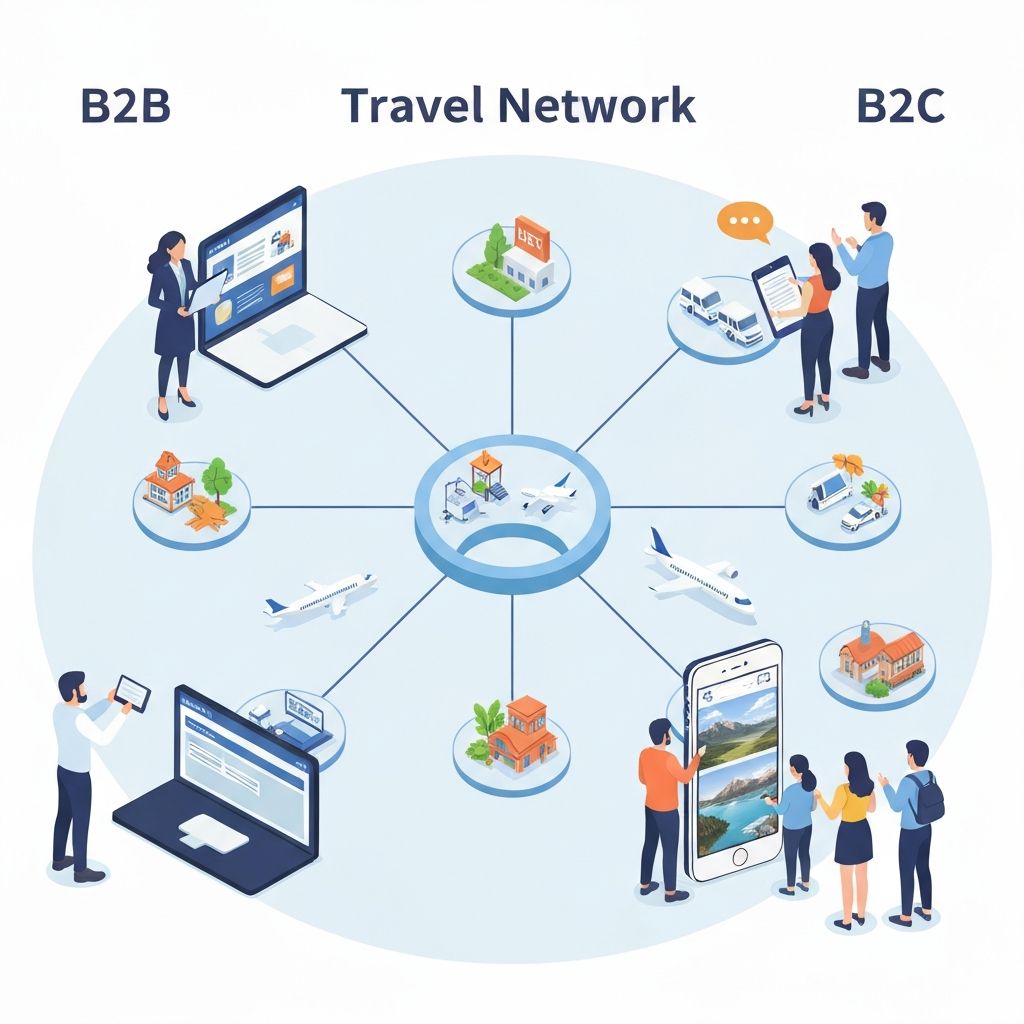
B2B vs B2C Travel Portals: Business Models, Features & Revenue Strategies
Understanding the fundamental differences between B2B and B2C travel platforms is crucial for business success. B2B portals focus on agent management, markup configuration, credit limit systems, and white-label solutions, while B2C platforms prioritize user experience, personalization, and direct customer engagement. This comprehensive analysis explores pricing strategies, commission structures, and revenue models for both approaches. Learn about agent hierarchy management, sub-agent systems, and how to implement flexible markup rules. Discover customer acquisition strategies, retention tactics, and how to calculate customer lifetime value (CLV). We examine successful hybrid models that serve both markets and explore the technology stack differences required for each approach.

AI-Powered Chatbots for Travel: NLP, Intent Recognition & Automation
Artificial Intelligence is transforming customer service in the travel industry. Modern chatbots powered by natural language processing (NLP) can handle 80% of customer inquiries without human intervention, providing 24/7 support in multiple languages. This guide explores how to implement conversational AI using platforms like Dialogflow, IBM Watson, and custom-trained models. Learn about intent recognition, entity extraction, context management, and how to handle complex multi-turn conversations. Discover integration strategies with booking systems, CRM platforms, and payment gateways. We cover sentiment analysis for escalation triggers, personalization techniques, and how to measure chatbot effectiveness through metrics like resolution rate, customer satisfaction scores, and cost per conversation.
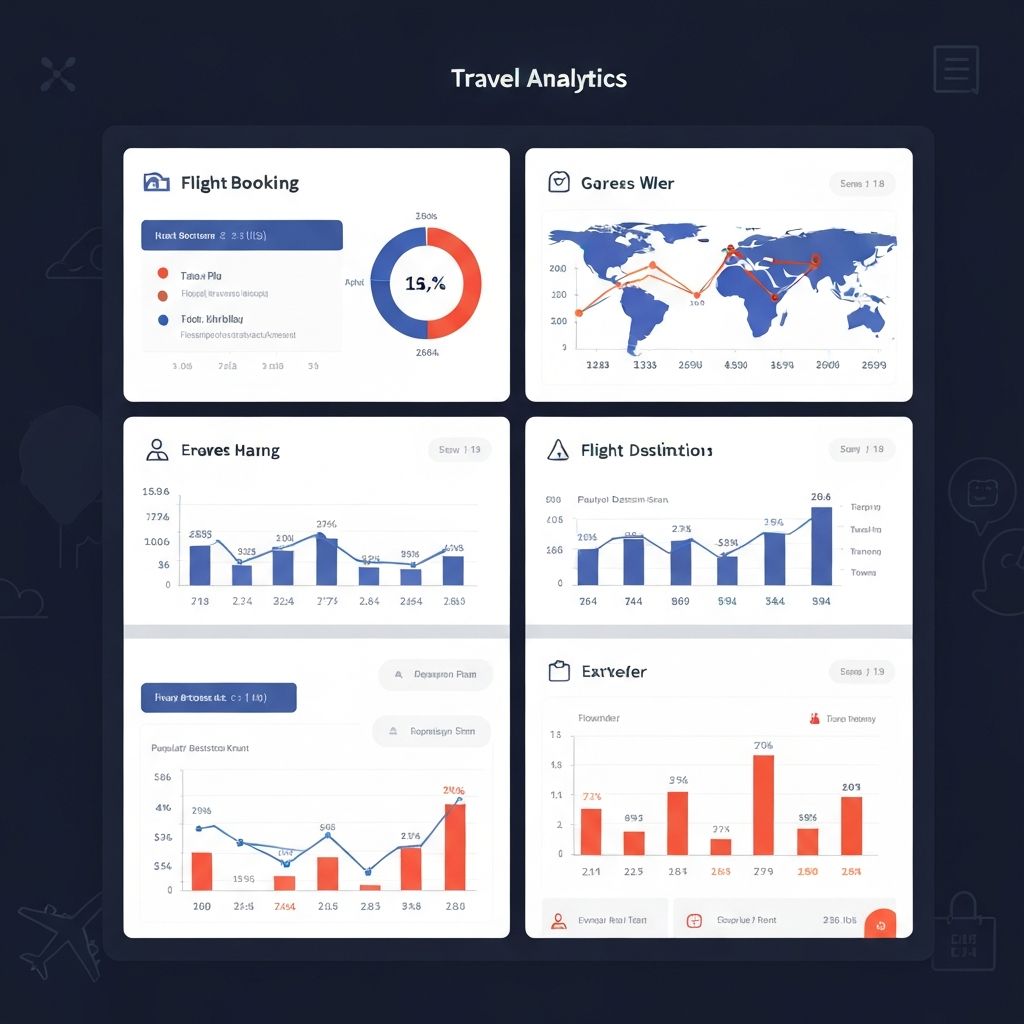
Data Analytics for Travel Platforms: Conversion Optimization & Business Intelligence
Data-driven decision making is the key to success in the competitive travel industry. This comprehensive guide explores how to implement analytics infrastructure using tools like Google Analytics 4, Mixpanel, and custom data warehouses. Learn how to track user behavior, identify drop-off points in booking funnels, and implement A/B testing frameworks. Discover cohort analysis techniques, customer segmentation strategies, and predictive modeling for demand forecasting. We cover revenue attribution, marketing ROI calculation, and how to build executive dashboards that provide actionable insights. Real-world examples show how analytics-driven optimization can increase conversion rates by 35%, reduce customer acquisition costs by 40%, and improve customer retention by 50%.

Sustainable Travel Technology: Carbon Tracking, Eco-Friendly Options & Green Innovation
Environmental consciousness is reshaping the travel industry, and technology is leading the way. This guide explores how travel platforms are implementing carbon footprint calculators, promoting eco-friendly accommodations, and offering sustainable transportation options. Learn how to integrate carbon offset programs, display environmental impact scores, and help travelers make informed decisions. We cover APIs for carbon calculation, green certification verification, and how to partner with sustainable travel providers. Discover how companies are using blockchain for transparent carbon credit trading and AI for optimizing travel routes to minimize environmental impact. Includes case studies of successful sustainable travel platforms and strategies for marketing eco-friendly options without greenwashing.
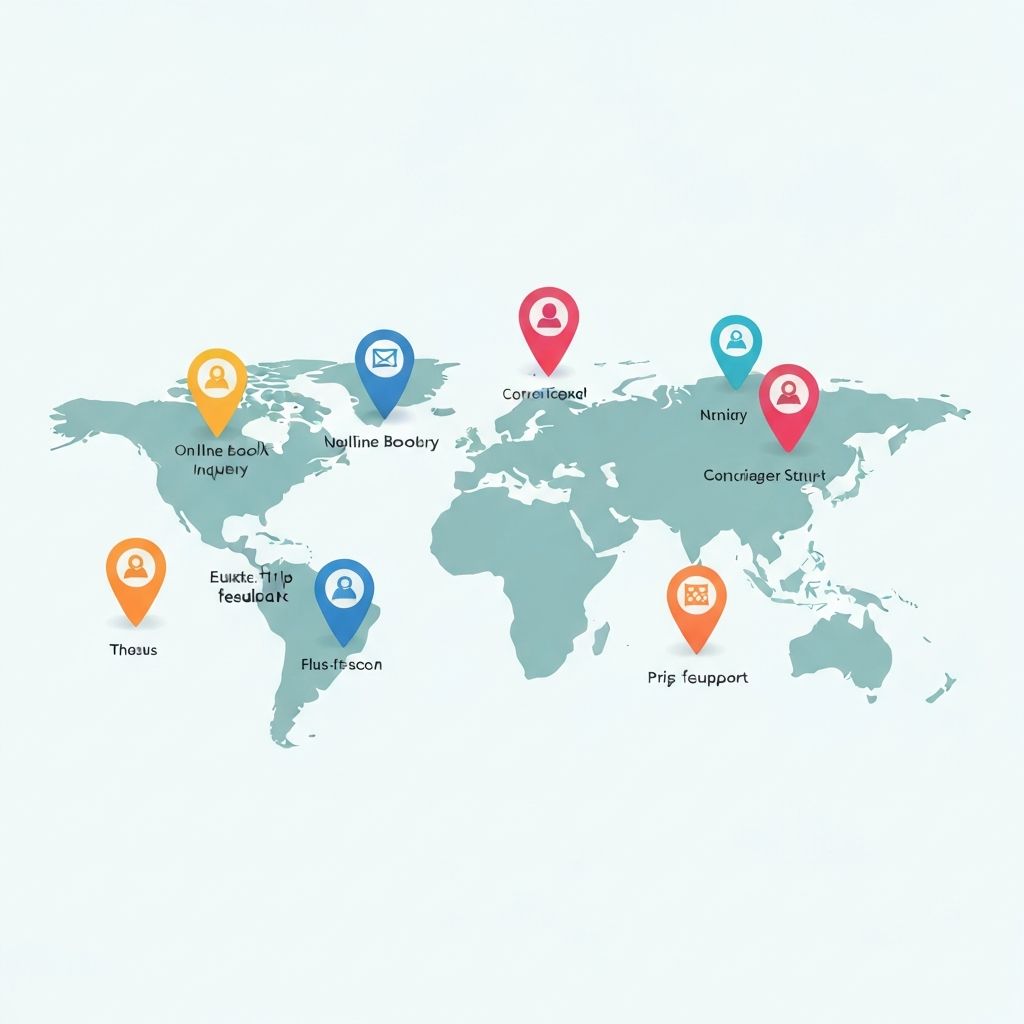
Travel CRM Systems: Lead Management, Sales Automation & Customer Retention
A robust CRM system is essential for travel agencies and tour operators to manage customer relationships effectively. This detailed guide covers lead capture strategies, automated follow-up sequences, and sales pipeline management specifically designed for the travel industry. Learn how to implement lead scoring models, track customer interactions across multiple touchpoints, and automate quote generation. Discover email marketing automation, SMS campaigns, and WhatsApp integration for customer communication. We explore customer segmentation based on travel preferences, booking history, and lifetime value. Includes strategies for upselling, cross-selling, and creating personalized travel recommendations that increase repeat bookings by 60%.

Hotel API Integration: Booking.com, Expedia, Agoda & Direct Connections
Hotel inventory aggregation is complex, requiring integration with multiple suppliers and channel managers. This comprehensive guide covers integration with major hotel APIs including Booking.com Affiliate Partner API, Expedia Rapid API, Agoda YCS, and direct hotel connections. Learn about room availability caching strategies, rate parity management, and real-time inventory synchronization. We explore booking confirmation workflows, cancellation policies, and how to handle special requests. Discover mapping strategies for room types, amenities, and hotel facilities across different suppliers. Includes performance optimization techniques, error handling patterns, and how to implement intelligent fallback mechanisms when primary suppliers are unavailable.
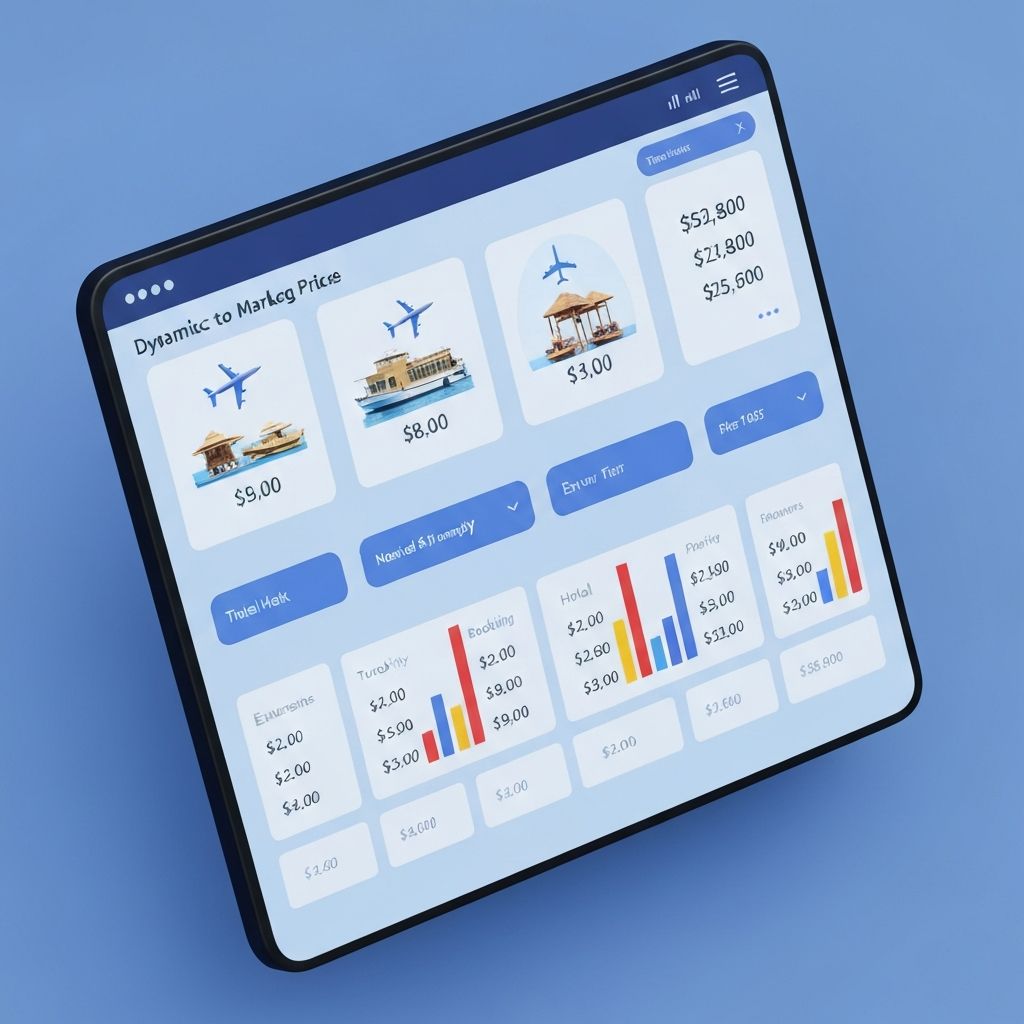
Dynamic Pricing Algorithms for Travel: Machine Learning & Revenue Optimization
Dynamic pricing is revolutionizing how travel businesses maximize revenue. This advanced guide explores machine learning algorithms that analyze demand patterns, competitor pricing, seasonality, and booking windows to optimize prices in real-time. Learn how to implement surge pricing during peak periods, offer personalized discounts to high-value customers, and use predictive analytics to forecast demand. We cover A/B testing frameworks for pricing strategies, price elasticity analysis, and how to balance conversion rates with profit margins. Discover how airlines and hotels use sophisticated yield management systems and how you can implement similar strategies. Includes Python code examples and case studies showing 25-40% revenue increases through intelligent pricing.

White Label Travel Solutions: Building Multi-Tenant SaaS Platforms
White label travel platforms allow you to serve multiple travel agencies with a single codebase while maintaining brand customization for each client. This technical guide covers multi-tenant architecture patterns, database isolation strategies, and how to implement flexible theming systems. Learn about subdomain vs custom domain management, SSL certificate automation, and how to handle client-specific configurations. We explore billing and subscription management, usage-based pricing models, and how to implement feature flags for different pricing tiers. Discover strategies for onboarding new clients, providing self-service customization tools, and scaling infrastructure to support hundreds of white-label instances efficiently.
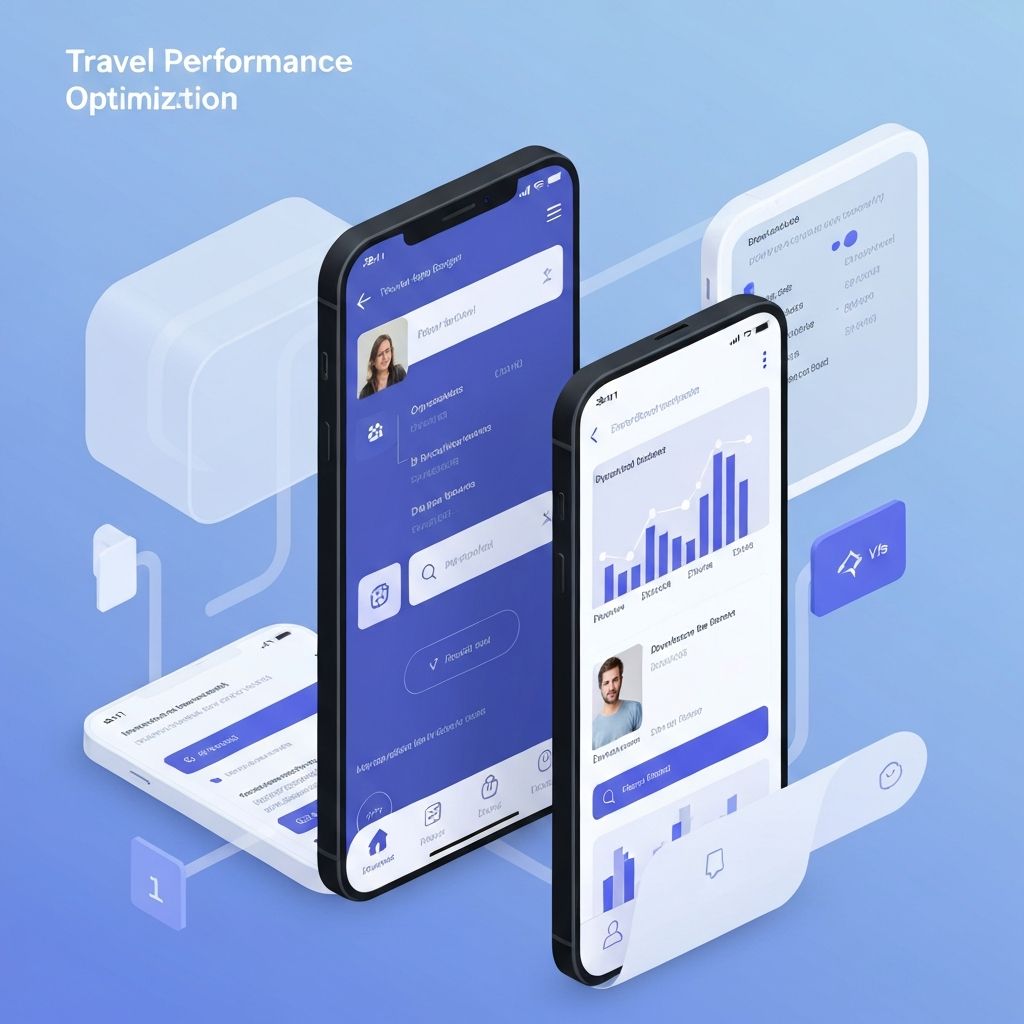
Performance Optimization for Travel Websites: Speed, SEO & Core Web Vitals
Website performance directly impacts conversion rates—every 100ms delay in load time can reduce conversions by 7%. This optimization guide covers image compression techniques, lazy loading strategies, and code splitting for faster initial page loads. Learn how to implement server-side rendering (SSR) with Next.js, optimize database queries, and use CDN effectively. We explore Core Web Vitals optimization, including Largest Contentful Paint (LCP), First Input Delay (FID), and Cumulative Layout Shift (CLS). Discover how to implement progressive enhancement, optimize third-party scripts, and use service workers for offline functionality. Includes performance monitoring tools, budget setting, and continuous optimization strategies that can improve page speed by 60% and SEO rankings significantly.

Optimizing Travel Booking Funnels: UX Research & Conversion Rate Optimization
The average travel booking funnel has a 2-3% conversion rate, but top performers achieve 8-12% through strategic optimization. This UX-focused guide explores user research methodologies, heat mapping analysis, and session recording insights that reveal friction points. Learn how to simplify multi-step booking processes, implement progress indicators, and reduce form fields without sacrificing necessary information. We cover trust signals like security badges, customer reviews, and transparent pricing that increase confidence. Discover mobile-specific optimization techniques, guest checkout options, and how to handle complex scenarios like multi-city flights and group bookings. Includes A/B testing case studies and psychological principles that drive booking decisions.
Subscribe to Our Newsletter
Get the latest travel technology insights, industry updates, and exclusive guides delivered to your inbox